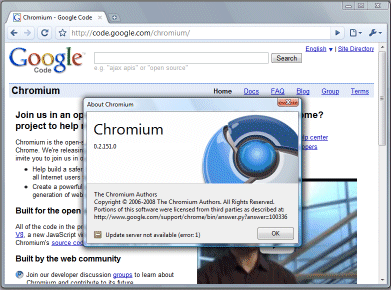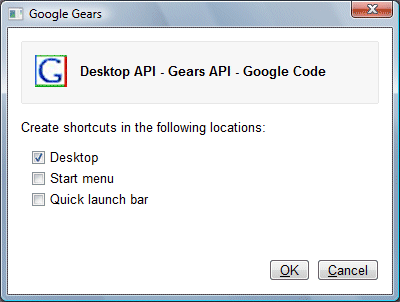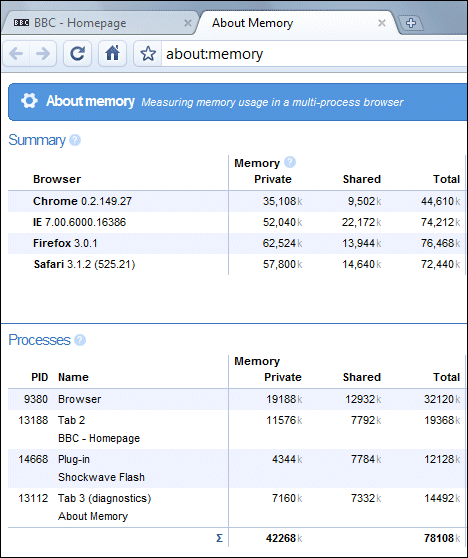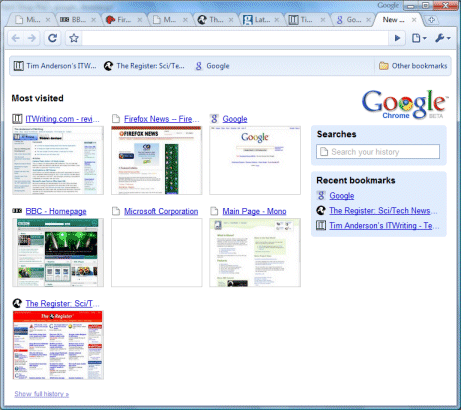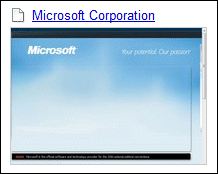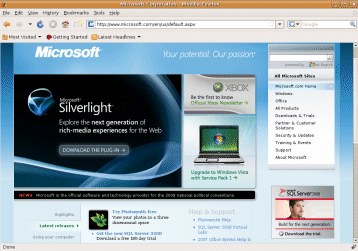When I looked at the Chromium source code and did a build, I noticed how much of it was Windows-specific. Although the WebKit rendering component is already cross-platform, it seems that the Mac and Linux versions of Chromium and therefore Chrome are a long way from ready. This is from the build notes for Mac OS X:
Right now, the Mac build is a work in progress that is much closer to the start than the finish. No application that renders web pages is generated at the end of these instructions!
Cross-platform work usually involves compromises, and it looks like the Google team pointed the dial more towards optimising for Windows than towards ease of porting. That surprises me, since it likely means more work maintaining the application for several platforms as well as delays now.
Chrome’s ambitions as an application platform cannot be realised until it runs on the Mac. Further, a disproportionate number of web designers and developers use Apple.
How long is a long while? Good question. I’ll be seeing some Google folk tomorrow; I’ll let you know what they say.
